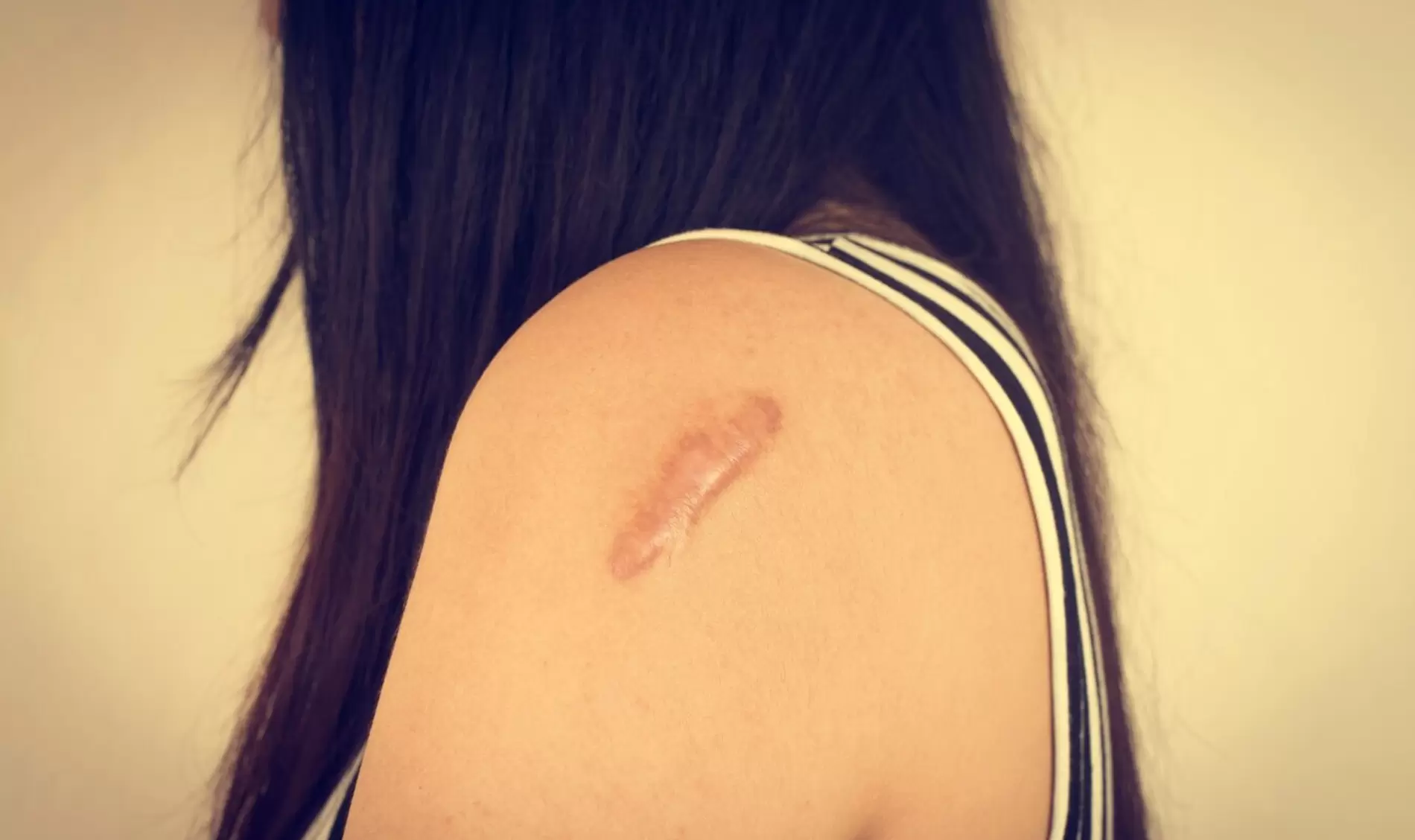
KELOIDS
Keloids are raised, thickened scars that form at the site of skin injury or incision and extend beyond the original wound boundaries. They result from an overgrowth of fibrous tissue during the healing process. Here are the key points
Causes and Risk Factors
- Skin Injuries
- Genetics
- Skin Type: More common in people with darker skin tones.
- Age: Typically develop between the ages of 10 and 30
Signs and Symptoms
- Appearance: Raised, thick, and often shiny scar tissue that extends beyond the edges of the original wound.
- Color: Can vary from pink to red to dark brown, depending on skin tone and age of the keloid.
- Texture: Firm and rubbery.
- Size: Can vary from small to large, sometimes growing continuously over time.
- Location: Commonly occur on the chest, shoulders, earlobes, and cheeks but can appear anywhere on the body.
Treatment
- Corticosteroid Injections
- Cryotherapy
- Laser Therapy
- Surgical Removal
- Silicone Sheets and Gels
- Pressure Therapy
- Avoid Piercings and Tattoos: In individuals prone to keloids
- Prompt Wound Care: Proper care of skin injuries to minimize scar formation
- Use of Silicone Gel Sheets: On healing wounds to prevent keloid development
Prognosis
- Keloids are benign and non-contagious but can cause discomfort, itching, and cosmetic concerns
- Treatment success varies, and recurrence is common